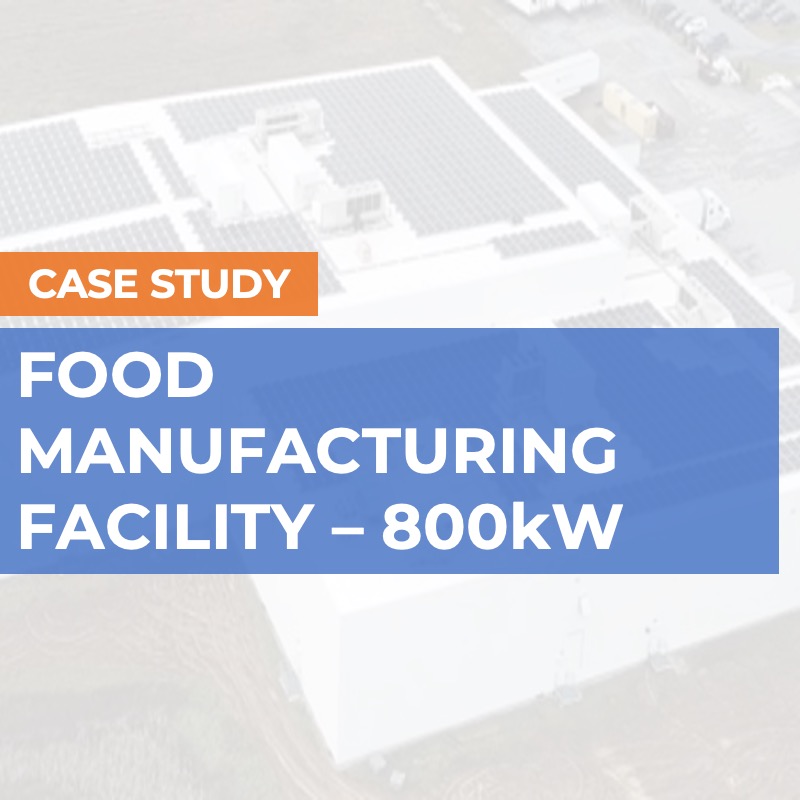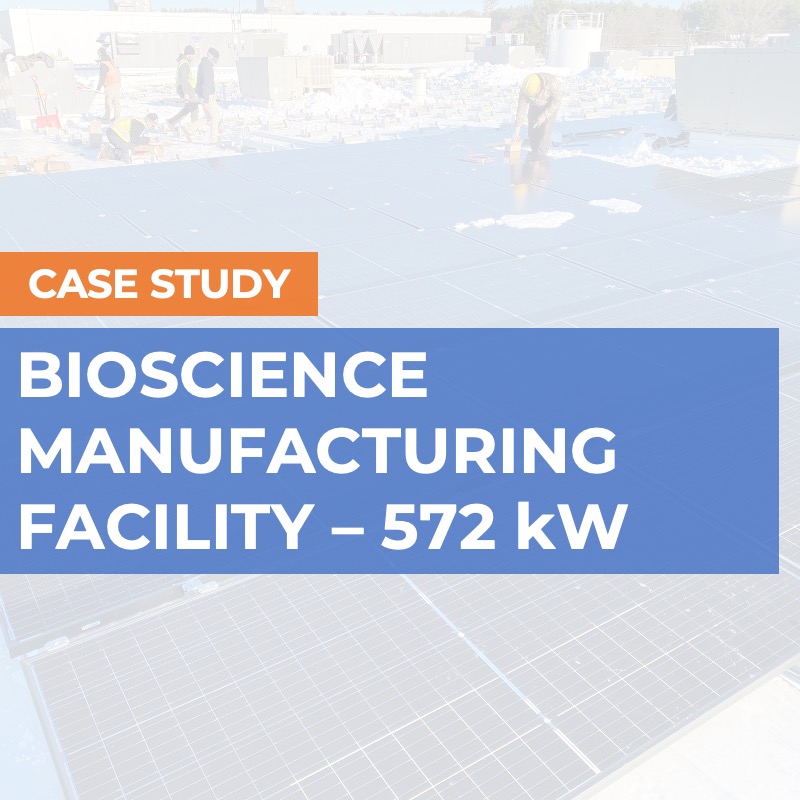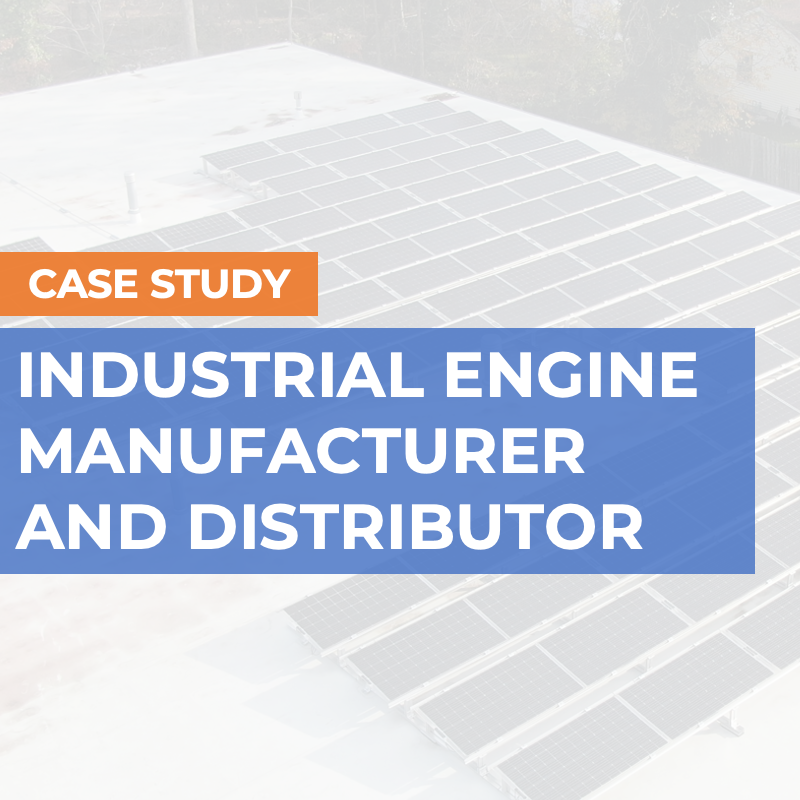Why Commercial Solar Interconnection Takes So Long
Why Commercial Solar Interconnection Take So Long and Why It’s Worth It
If you find yourself eagerly awaiting the approval of your commercial solar project’s interconnection, frustration is understandable. The journey from interconnection application to final approval can be a lengthy one, and it’s time to shed light on why this process takes as long as it does. Rest assured that the long waits and delays are a normal part of the commercial solar interconnection process and, most importantly, that the wait is well worth it.
Navigating the Lengthy Approval Process
Commercial solar interconnection is a critical and complex process with many steps. The process of getting your commercial solar project connected to the grid involves several intricate steps. From the initial application submission to the final approval, each stage demands careful consideration. Utility companies meticulously review technical aspects, conduct impact studies, and negotiate terms, all of which take time.
So,Why the Wait? Unraveling the Complexities
Understanding the dynamics of the commercial solar interconnection process involves recognizing the pivotal role that utility companies play. From the moment your application is submitted to the final approval, utilities meticulously reviewing technical aspects, conducting impact studies, and negotiating terms. The collaboration with utilities is a crucial part of bringing your commercial solar project to life. Without the the utilities approval, your system will not be able to connect itself to the grid. This important collaboration with the utility often translates into a time-consuming journey.
Regulatory Hurdles: Navigating a maze of regulations is a significant factor contributing to delays. Complying with local, state, and federal guidelines and overcoming permitting challenges add layers of complexity. Rest assured, these hurdles are not unique to your project; they’re inherent to the regulatory landscape.
Technical Considerations: The technical intricacies involved in ensuring seamless integration with the grid contribute to delays. Grid capacity constraints and stability concerns necessitate thorough analysis. Your project isn’t the only one facing these challenges—this is par for the course in the commercial solar world.
Interconnection Queue Congestion: High demand for solar interconnections has led to congestion, impacting review times. Limited resources and manpower further slow down the process. This backlog is a testament to the rapid adoption of solar energy, reflecting a shared industry challenge.
The Solar Boom and Interconnection Backlog
As solar adoption skyrockets, utility companies are grappling with an unprecedented influx of interconnection applications. The surge in demand for clean energy, fueled in part by government commercial solar incentives, has made solar installations increasingly attractive to businesses across the country. These incentives, ranging from tax credits to grants, have not only made solar financially viable but have also encouraged a significant uptick in adoption. While this surge is undoubtedly positive for the environment and the economy, it has resulted in longer queues for interconnection approval. This “good problem” underscores the collective commitment to a sustainable future and the urgent need for further streamlining processes to accommodate the growing demand for commercial solar installations.

Improvements Are On The Way
Advocacy for Streamlined Regulations: Efforts are underway to streamline regulations and simplify compliance processes. As the industry collectively advocates for change, your patience contributes to a more efficient system for future projects.
Increased Resources and Manpower: Acknowledging the need for more resources and manpower is a crucial step. Industry-wide efforts to address these challenges will pave the way for faster approvals in the future.
Improved Communication and Collaboration: Enhanced communication between stakeholders is a key aspect of future improvements. Transparent processes and collaborative efforts will ease frustrations and pave the way for smoother projects.
It’s Worth the Wait
While the waiting game can be challenging, it’s essential to remain patient and optimistic about the future of commercial solar interconnections. As the industry evolves, improvements in technology, communication, and regulatory frameworks will collectively contribute to a more streamlined process.
So, if you find yourself tapping your foot in anticipation, know that you’re not alone. Delays in commercial solar interconnections are par for the course. Your patience contributes to the ongoing evolution of a more efficient and effective system. In the end, as you witness your solar project powering up, the wait will feel like a small price to pay for the sustainable and transformative future you’re helping to create.
To learn more about the interconnection process or why it’s worth the wait for your business, reach out to Genie Solar Energy today.








